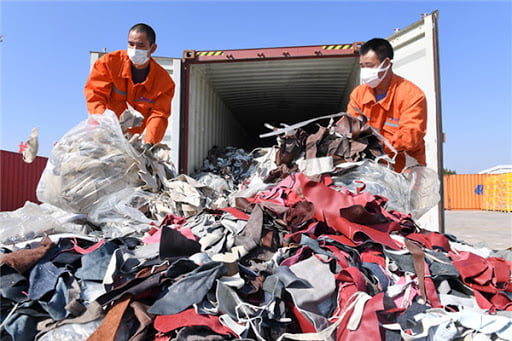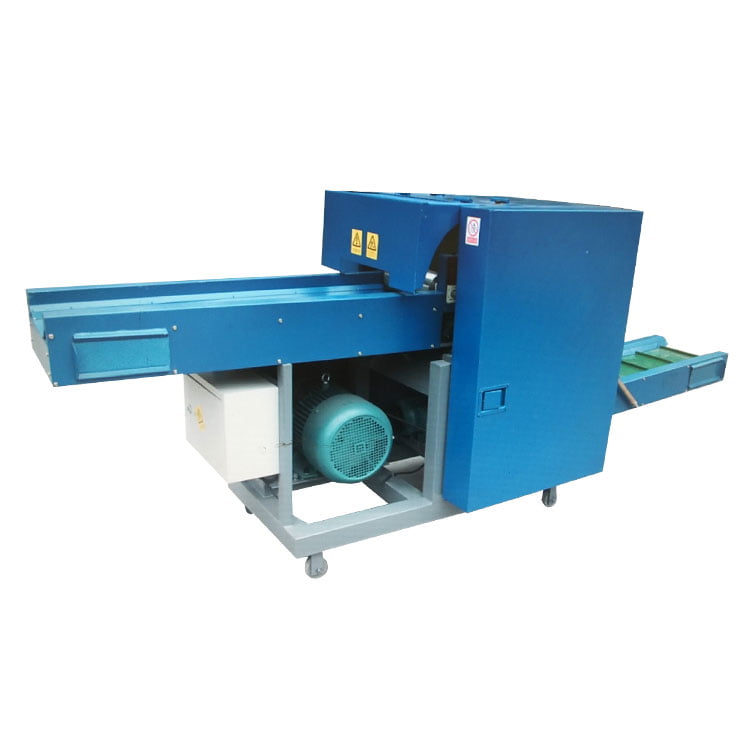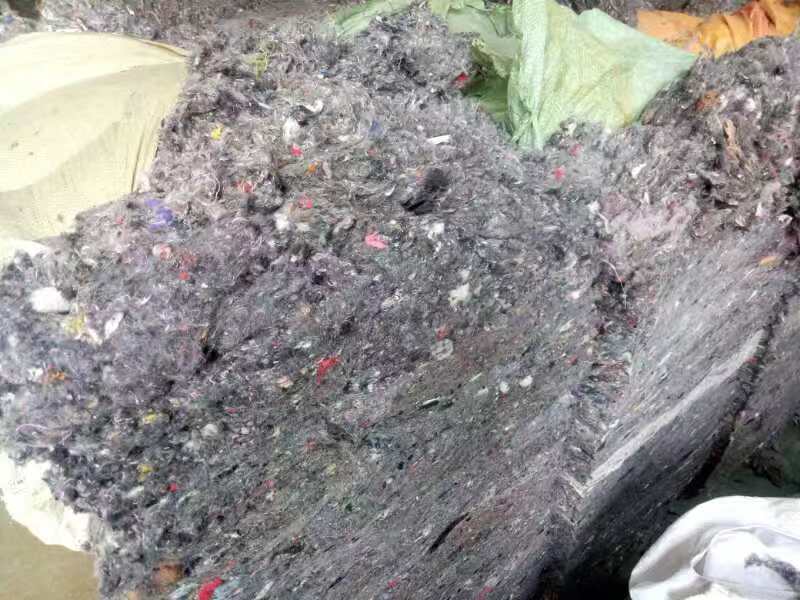Tái chế rác thải dệt may là một bước phổ biến hơn trong ngành dệt may hiện nay. Rác thải dệt may thường dùng để chỉ những mảnh vụn được tạo ra trong quá trình sản xuất dệt may, cũng như một số loại vải không đáp ứng tiêu chuẩn sản xuất. Ngoài ra, quần áo cũ được tạo ra trong cuộc sống hàng ngày của mọi người cũng là một loại rác thải dệt may.
Tầm quan trọng của tái chế chất thải dệt may
Với sự cải thiện mức sống tiêu dùng của người dân, chu kỳ sử dụng hàng dệt may cũng ngày càng ngắn hơn. Và việc tái chế, xử lý và tận dụng chất thải dệt may đã đạt đến mức không thể bỏ qua.

Tái chế và tái sử dụng chất thải dệt may là một ngành giàu tài nguyên, ít đầu tư, mang lại lợi ích đáng kể cho ngành công nghiệp mới nổi, nó không chỉ có thể làm giảm bớt tình trạng thiếu hụt tài nguyên của ngành dệt may hiện nay mà còn có thể giảm ô nhiễm chất thải dệt may ra môi trường, mang lại lợi ích kinh tế to lớn. và lợi ích xã hội.
Làm thế nào để nhận ra việc tái chế chất thải dệt may?
Sau khi thu gom rác thải dệt may sẽ được vận chuyển đến khu xử lý đặc biệt để xử lý. Thông thường, tái chế chất thải dệt may cần ba bước để đạt được.

- Đầu tiên, chất thải dệt may cần phải cắt thành các mảnh có kích thước đều nhau bằng máy cắt sợi, nhằm tạo điều kiện thuận lợi cho quá trình xử lý tiếp theo của hàng dệt.
- Sau đó, các miếng giẻ đồng nhất được đưa vào máy mở để làm sạch và làm lỏng vải.
- Sau khi máy mở và nới lỏng, chất thải dệt đã hoàn thành quá trình phân hủy sơ bộ sợi vải, máy làm sạch đã tiến hành giãn nở và phân tán theo chiều sâu, và cuối cùng, thông qua quá trình xử lý nhiều con lăn, việc tái xử lý chất thải vải đã được hoàn thành.
Có thể làm gì với chất thải dệt may tái chế

Hàng dệt sau khi xử lý mở và nới lỏng ở trên có thể được chế tạo thành nỉ và các vật dụng cần thiết hàng ngày khác có thể được tái sử dụng. Và một số trong số chúng còn có thể ngăn chất thải tái phân tán thành sợi dệt. Có thể tái chế thành hàng dệt để tối đa hóa việc thực hiện tái chế và sử dụng.
